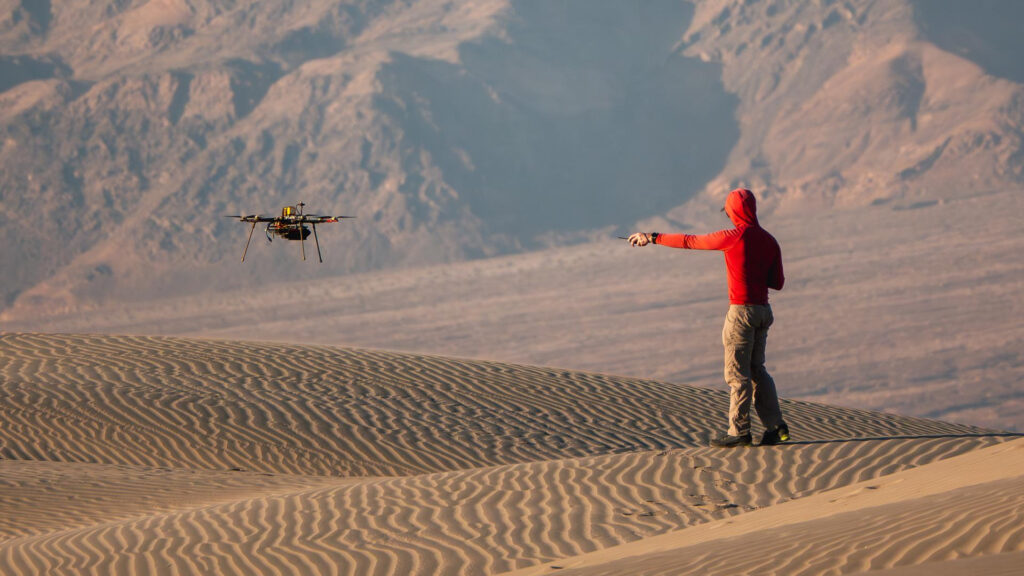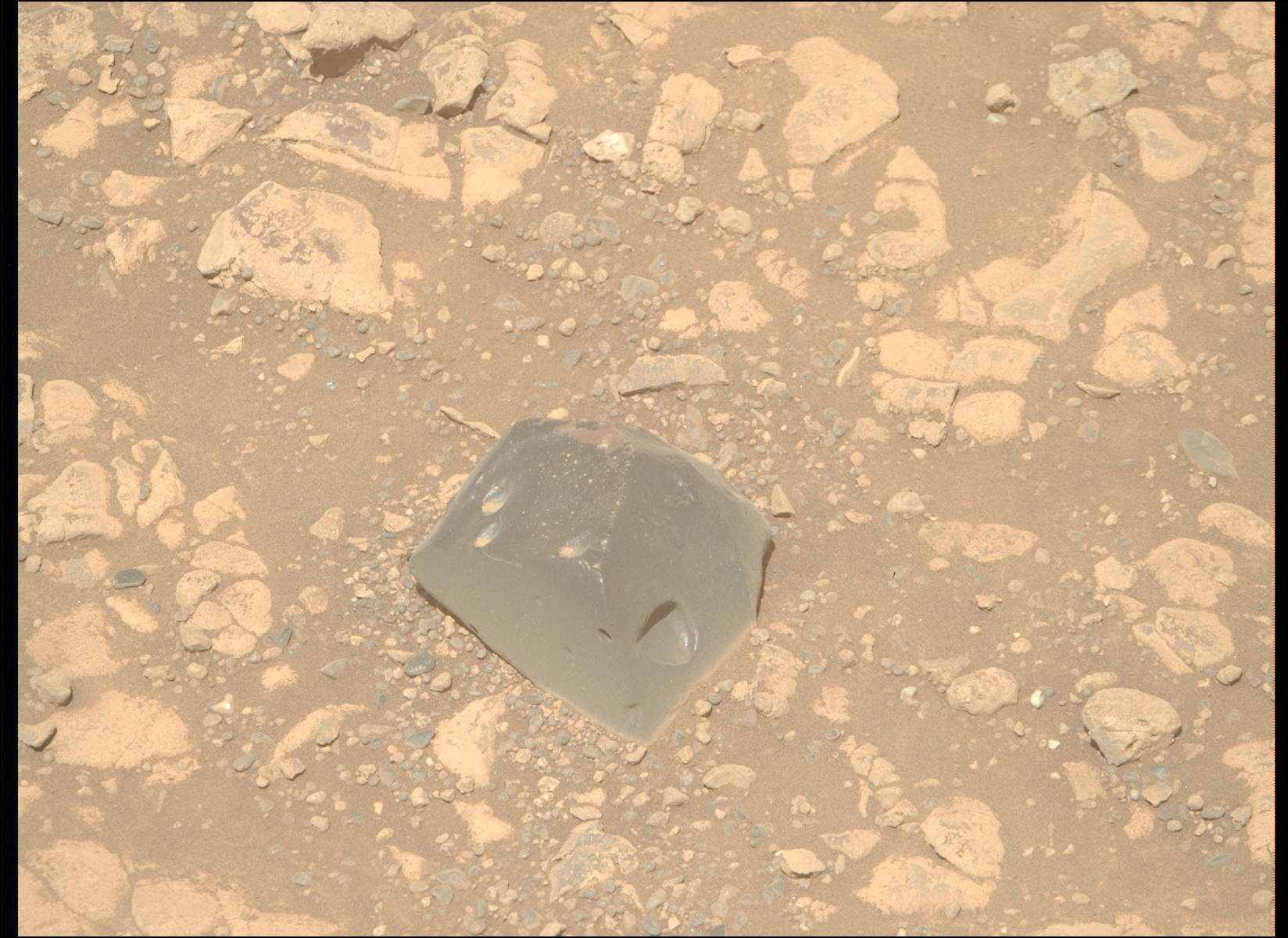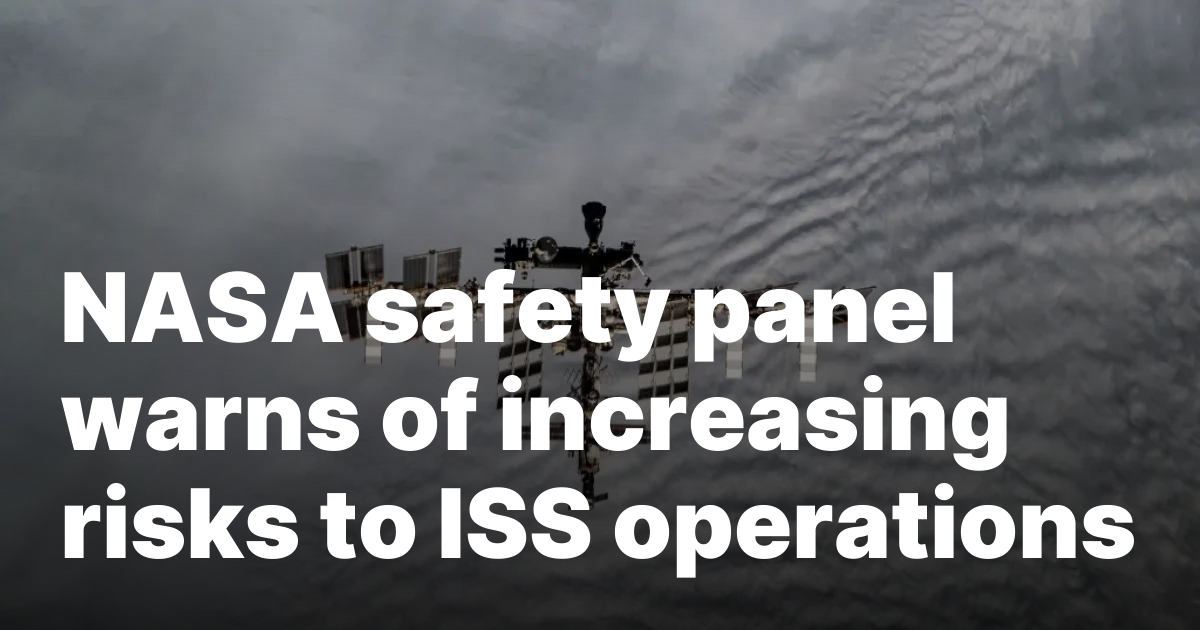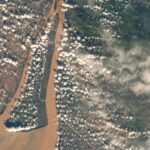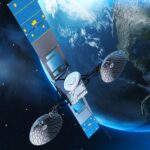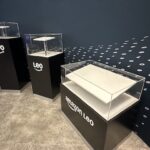Now Reading: NASA developing 1st-ever space-based quantum sensor for gravity measurements
-
01
NASA developing 1st-ever space-based quantum sensor for gravity measurements
NASA developing 1st-ever space-based quantum sensor for gravity measurements
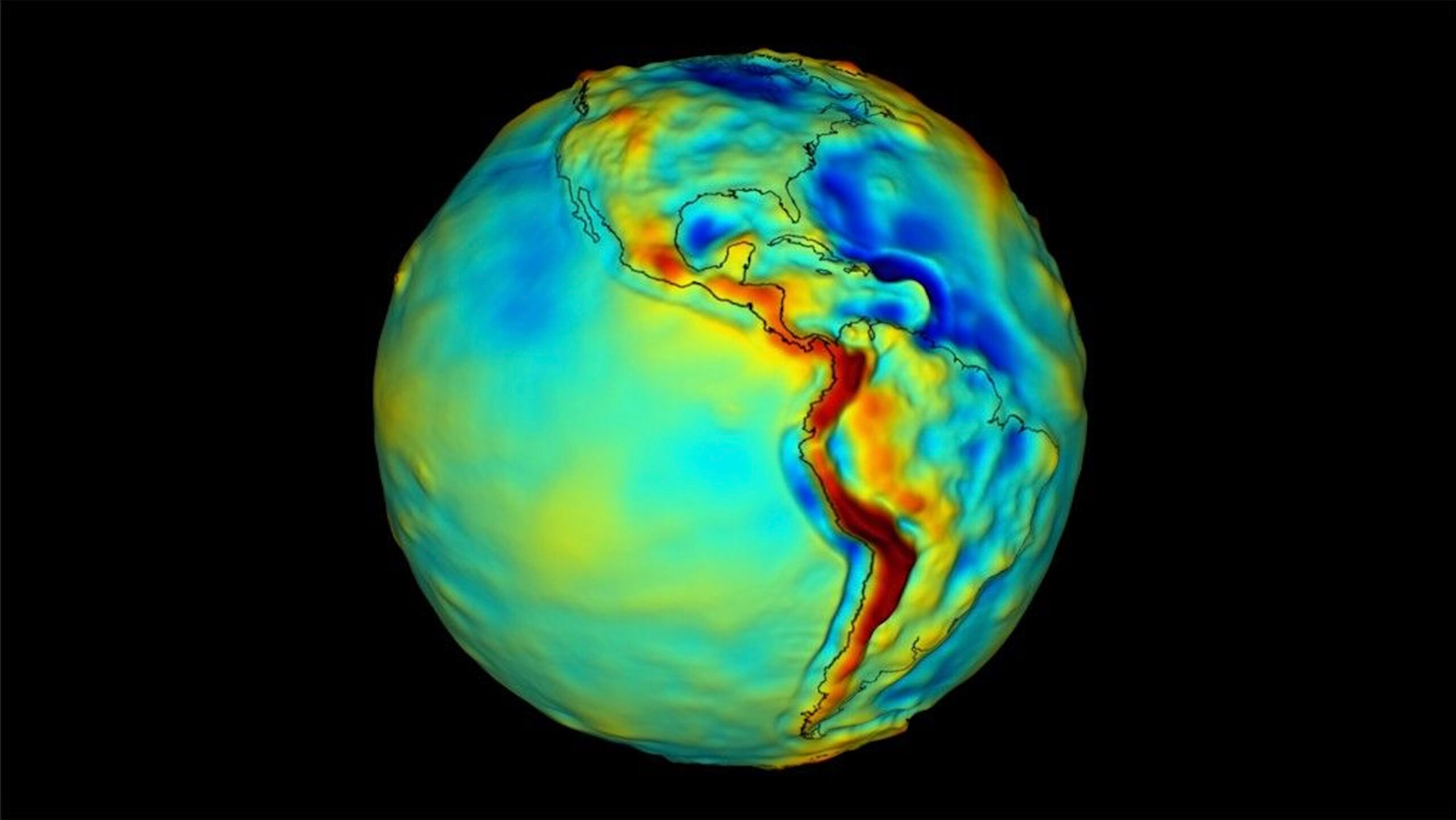
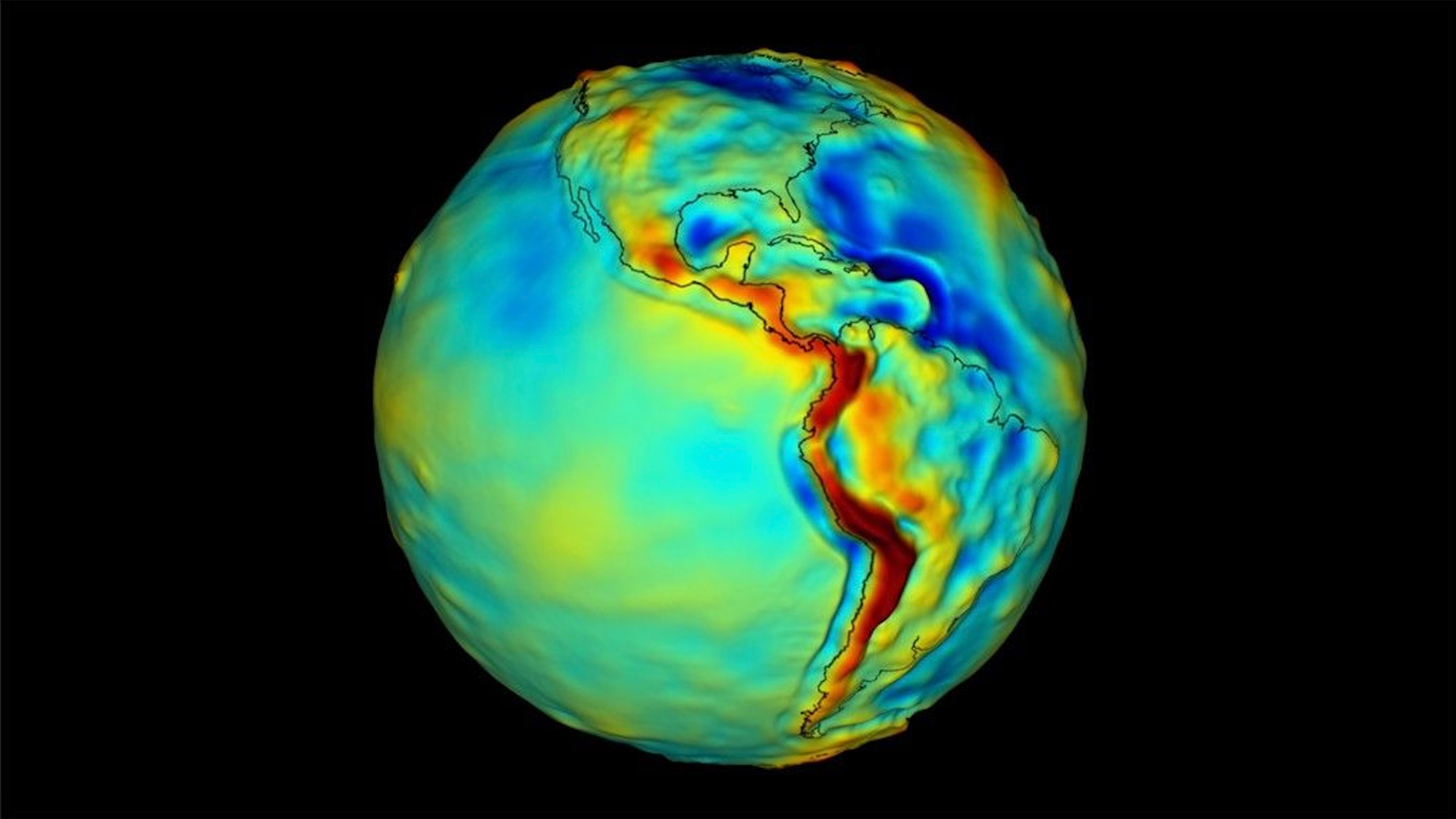
Scientists are developing an advanced quantum sensor for low Earth orbit that can detect the tiniest tremors in Earth’s gravity.
These barely perceptible shifts — caused by moving water, tectonic activity or shifting rock — offer clues about what lies beneath the planet’s surface.
The new device could allow the mapping of underground features like aquifers and mineral deposits — crucial data for navigation, resource management and national security, its developers say.
“We could determine the mass of the Himalayas using atoms,” Jason Hyon, chief technologist for Earth Science at NASA’s Jet Propulsion Laboratory in Southern California and director of JPL’s Quantum Space Innovation Center, said in an April 15 statement.
Related: How a quantum sensor on the ISS could revolutionize space exploration
Quantum sensors, like the Quantum Gravity Gradiometer Pathfinder (QGGPf) instrument developed by JPL, private companies and academic institutions, use clouds of atoms dropped in freefall and cooled to near absolute zero.
As they fall, lasers act like mirrors and splitters, separating the atoms and then bringing them back together. The way the atoms interfere when they recombine reveals how much they were accelerated by gravity, allowing scientists to measure the tiniest changes in gravity with extreme precision.
These cutting-edge tools, based on a technique called atom interferometry, are far more sensitive than traditional instruments — and they’re still improving. Researchers are now refining the technology to make it even more accurate and durable.
“With atoms, I can guarantee that every measurement will be the same. We are less sensitive to environmental effects,” Sheng-wey Chiow, an experimental physicist at JPL, said in the same statement.
Related Stories:
Because it uses atoms instead of bulky mechanical parts, the QGGPf sensor is surprisingly compact — about the size of a small washing machine — and weighs just 275 pounds (125 kilograms). That makes it much smaller and lighter than traditional space-based gravity instruments, which is a big advantage for space missions, where size, weight and launch costs are tightly constrained.
NASA plans to give the new sensor an in-space test near the end of the decade. The technology demonstration mission will put a suite of cutting-edge tools to the test, pushing the limits of how light and atoms interact at the smallest scales.
“No one has tried to fly one of these instruments yet,” said Ben Stray, a postdoctoral researcher at JPL. “We need to fly it so that we can figure out how well it will operate, and that will allow us to not only advance the quantum gravity gradiometer, but also quantum technology in general.”
Stay Informed With the Latest & Most Important News
Previous Post
Next Post
-
 012024 in Review: Highlights from NASA in Silicon Valley
012024 in Review: Highlights from NASA in Silicon Valley -
 02Panasonic Leica Summilux DG 15mm f/1.7 ASPH review
02Panasonic Leica Summilux DG 15mm f/1.7 ASPH review -
 03From Polymerization-Enabled Folding and Assembly to Chemical Evolution: Key Processes for Emergence of Functional Polymers in the Origin of Life
03From Polymerization-Enabled Folding and Assembly to Chemical Evolution: Key Processes for Emergence of Functional Polymers in the Origin of Life -
 04How New NASA, India Earth Satellite NISAR Will See Earth
04How New NASA, India Earth Satellite NISAR Will See Earth -
 05And Thus Begins A New Year For Life On Earth
05And Thus Begins A New Year For Life On Earth -
 06Astronomy Activation Ambassadors: A New Era
06Astronomy Activation Ambassadors: A New Era -
07SpaceX launch surge helps set new global launch record in 2024












